Explore the rich and diverse culinary world of the Philippines with these 14 standout recipes. Each dish brings a unique taste of the islands into your home, capturing the essence of Filipino culture and its vibrant flavors. From savory to sweet, these recipes offer a delightful journey through the heart of Filipino cuisine.
Adobo
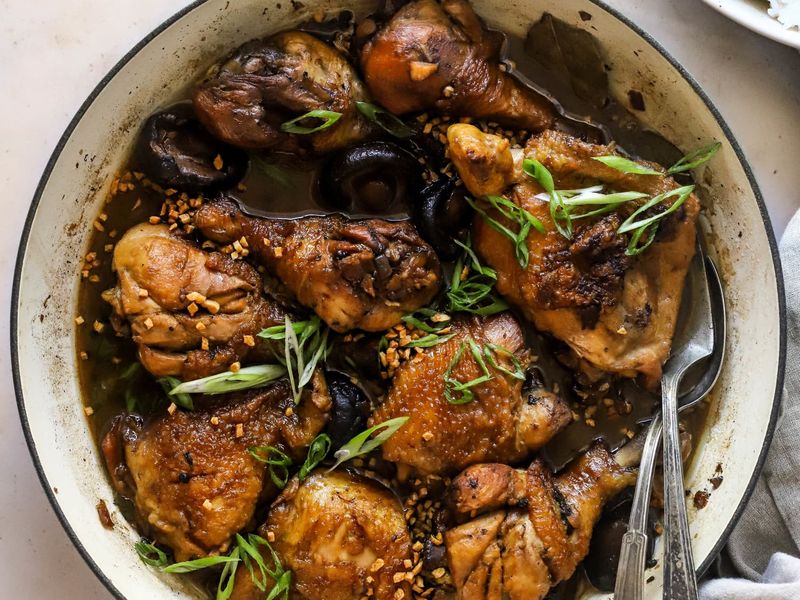
Adobo, the unofficial national dish of the Philippines, is a masterpiece of flavor balance. Combining soy sauce, vinegar, garlic, and spices, it creates a savory and tangy delight. The tender chicken or pork is simmered to perfection.
This dish transcends simple cooking, bonding families over shared meals. Each bite tells a story of tradition and love passed down through generations. Whether served with rice or on its own, adobo is a testament to the richness of Filipino culture.
Its versatile flavor profile makes it a favorite for both casual dinners and special occasions.
Sinigang
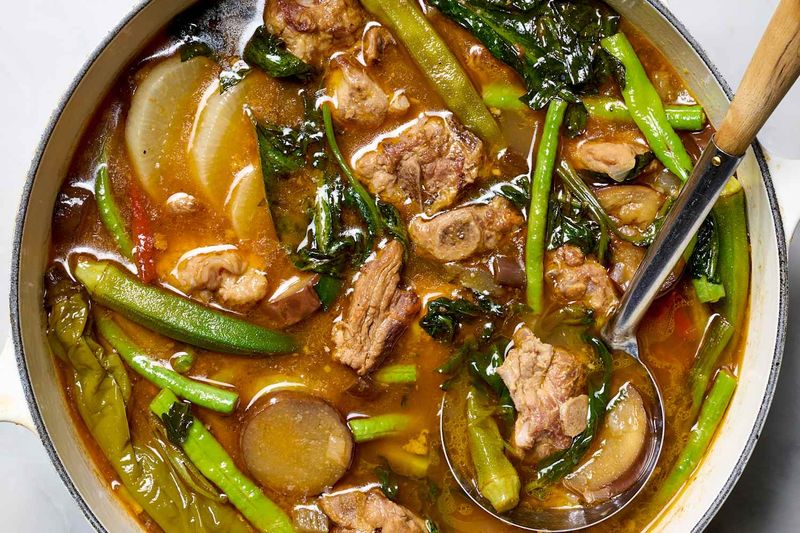
Sinigang is a comforting, sour soup that warms the heart and soul. With its base of tamarind, it delivers a delightful tanginess. Packed with vegetables and either pork, shrimp, or fish, each spoonful offers a burst of flavor.
Sinigang is often enjoyed during rainy days, bringing warmth to chilly weather. The aroma alone is enough to invite family members to gather around the table.
As a staple of Filipino households, sinigang is a beloved dish that highlights the country’s love for hearty, flavorful meals.
Lechon

Lechon, the centerpiece of Filipino celebrations, is a spectacle of culinary excellence. The whole pig is roasted to achieve crispy skin and tender meat.
This dish is synonymous with festive occasions, bringing people together in joyous feasts. The remarkable taste comes from meticulous preparation and slow cooking, infusing the meat with rich flavors.
Lechon represents the pinnacle of Filipino hospitality and is often the highlight of festivals, weddings, and holidays. Its irresistible aroma and taste make it a must-try for anyone exploring Filipino cuisine.
Pancit Canton

Pancit Canton is a delightful noodle dish that symbolizes long life and prosperity. Stir-fried with vegetables, shrimp, and occasionally meat, it’s a colorful feast for the eyes and palate.
Often served at birthdays and celebrations, Pancit Canton is more than just a meal; it’s a wish for good fortune. The medley of flavors and textures in each bite makes it a joyful dining experience.
Its versatility allows it to be tailored to personal tastes, ensuring every serving is uniquely satisfying and flavorful.
Kare-Kare

Kare-Kare is a Filipino stew that stands out with its rich peanut sauce and savory flavor. Made with oxtail, tripe, and vegetables, it’s a dish that promises comfort and satisfaction.
Traditionally paired with bagoong (fermented shrimp paste), this dish offers a unique blend of flavors that captivates the senses. It’s often enjoyed during family gatherings, reinforcing bonds over shared meals.
Kare-Kare’s vibrant orange hue and creamy texture make it a visual and culinary delight, embodying the heartwarming essence of Filipino cuisine.
Halo-Halo

Halo-Halo is the quintessential Filipino dessert, offering a kaleidoscope of flavors and textures. With ingredients like shaved ice, sweet beans, fruits, and leche flan, it’s a refreshing treat for any occasion.
The name “Halo-Halo” means “mix-mix,” encouraging diners to blend everything for a delightful taste. Each spoonful is a surprise, with varying flavors coming together harmoniously.
This dessert is perfect for hot days, providing a cooling relief while satisfying one’s sweet tooth. It’s a sweet representation of the Philippines’ diverse culinary heritage.
Lumpia

Lumpia, the Filipino version of spring rolls, is a crispy and savory delight. Filled with a mixture of meats and vegetables, it’s a versatile appetizer that’s loved by all ages.
These rolls are often served at parties and family gatherings, disappearing quickly from the table. The satisfying crunch followed by the flavorful filling makes Lumpia a crowd favorite.
Paired with a tangy dipping sauce, each bite delivers a burst of taste and texture, showcasing the delightful simplicity of Filipino snacks.
Bicol Express

Bicol Express is a fiery dish that brings a spicy kick to the table. Originating from the Bicol region, it features pork cooked in coconut milk and spiced with chilies and shrimp paste.
This dish is not for the faint-hearted, as its heat is matched only by its rich flavor. It’s a favorite among those who enjoy a bit of adventure in their meals.
Bicol Express offers a taste of the Philippines’ love for bold and spicy flavors, making it a thrilling culinary experience.
Sisig

Sisig is a sizzling sensation, famous for its savory and spicy taste. Made from chopped pork, onions, and chili peppers, it’s a dish that excites the palate.
Traditionally served on a hot plate, Sisig’s aroma and sound create an enticing sensory experience. It’s a popular choice for gatherings, especially with a cold drink in hand.
Garnished with an egg on top, this dish combines textures and flavors that keep diners coming back for more. Sisig embodies the lively and vibrant spirit of Filipino dining.
Tinola

Tinola is a soothing chicken soup that’s both nourishing and flavorful. Infused with ginger, it’s complemented by the subtle sweetness of papaya and the freshness of spinach.
This dish is a staple in Filipino households, known for its comforting qualities, especially during cooler weather. The combination of ingredients creates a harmonious blend of tastes.
Served with rice, Tinola provides a warm and satisfying meal that embodies the essence of Filipino home cooking. Its simplicity and wholesome nature make it a beloved dish.
Bibingka
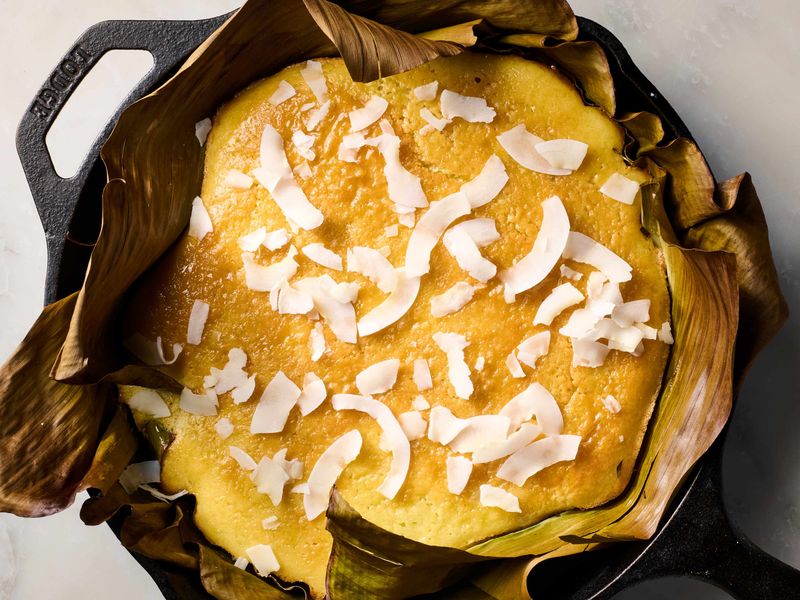
Bibingka is a festive rice cake that captivates with its unique preparation and flavor. Cooked in clay pots lined with banana leaves, it’s topped with salted eggs and grated coconut.
This sweet and savory treat is a favorite during the Christmas season, bringing warmth to holiday gatherings. The combination of fluffy cake and rich toppings offers a delightful contrast in each bite.
Bibingka is a symbol of Filipino celebratory traditions, enjoyed with family and friends amidst joyous occasions.
Tocino
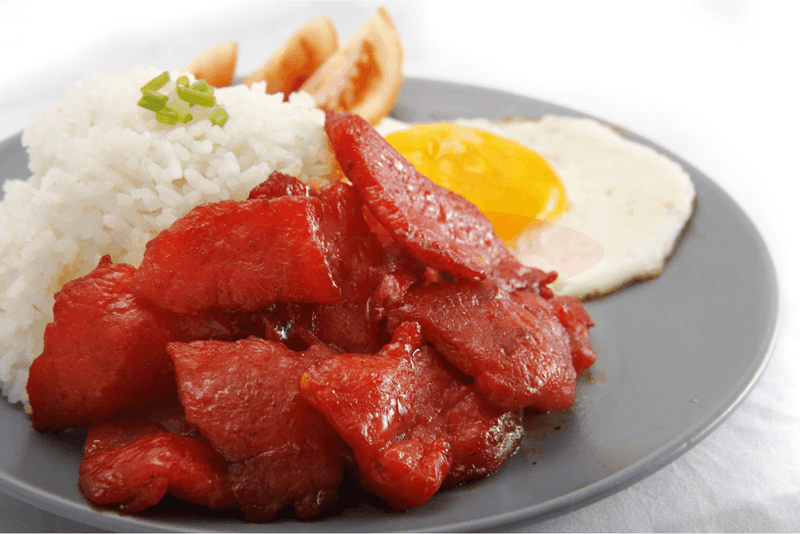
Tocino, known for its sweet and savory allure, is a breakfast favorite in the Philippines. The cured pork, often marinated in sugar and spices, yields a caramelized finish when cooked.
Served with garlic rice and a sunny-side-up egg, Tocino offers a perfect balance of flavors to start the day. Its vibrant red hue and enticing aroma make it an appetizing choice.
This dish embodies the joy of Filipino breakfast traditions, bringing comfort and satisfaction to morning meals.
Laing
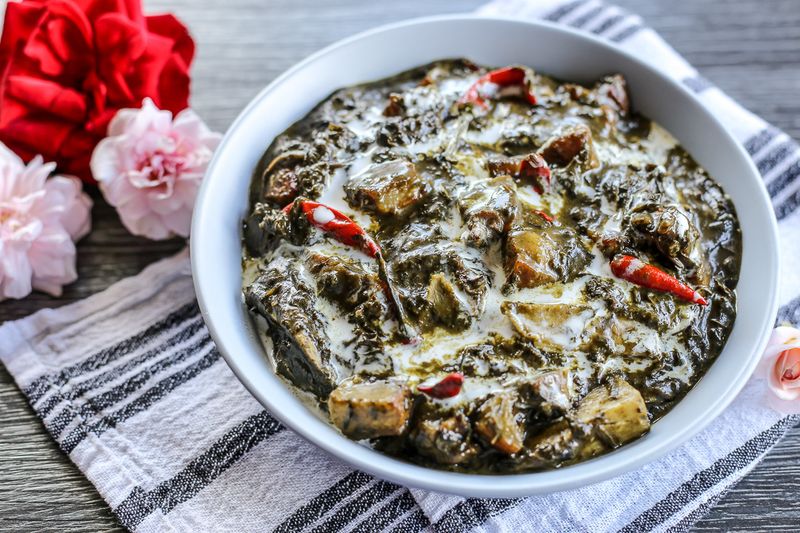
Laing is a unique dish from the Bicol region, showcasing taro leaves cooked in spicy coconut milk. Its rich and creamy flavor profile is both enticing and deeply satisfying.
This dish is often enjoyed with rice, providing a comforting contrast to the flavorful Laing. The use of chilies adds a fiery touch, rounding out the dish with a mild heat.
Laing is a testament to the Philippines’ love for coconut-based dishes, offering a taste of regional culinary traditions.
Turon

Turon is a sweet treat that brings joy with every bite. These banana fritters are wrapped in spring roll wrappers and coated with caramelized sugar.
Fried to a golden crisp, they offer a delightful crunch followed by the soft, sweet filling inside. Often enjoyed as a snack or dessert, Turon is loved by both young and old.
A drizzle of chocolate sauce enhances its sweetness, making Turon a perfect indulgence for those craving something deliciously unique.
Leave a comment